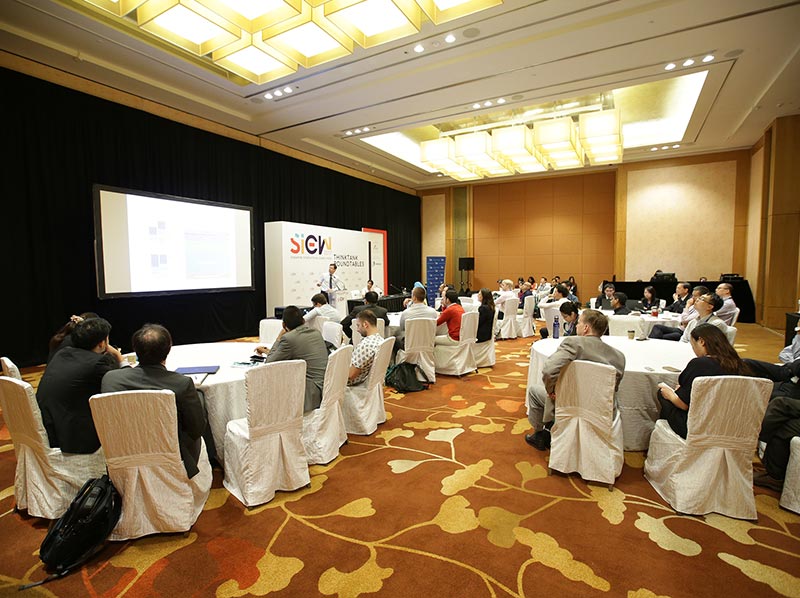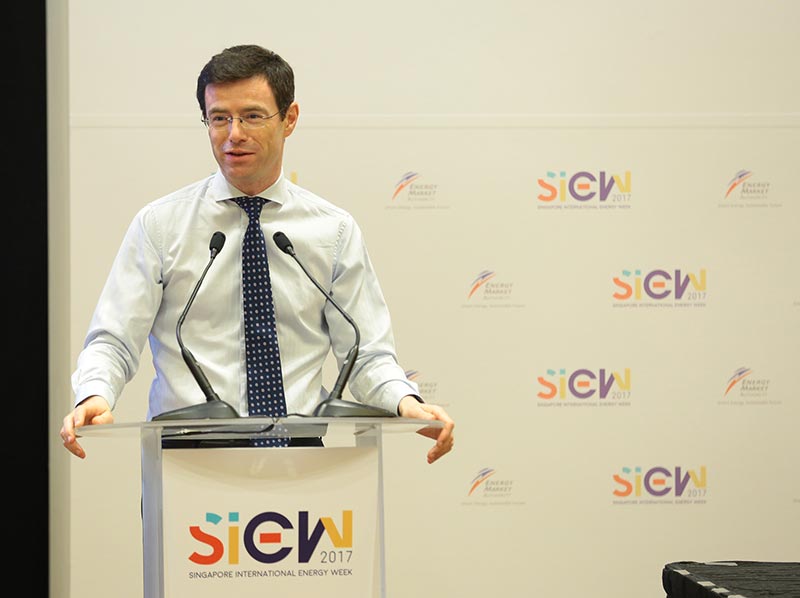By Ren Kejia
As the third largest primary energy consumer in the world, India’s energy strategy has important implications for global energy markets. The Government of India has set an ambitious renewable energy target of 175 GW by 2022 (from about 60 GW in 2017), including 60 GW of wind and 100 GW of solar. At the same time, India’s grid is one of the fastest growing grids.

“Energy is a means to an end, and the end is social and economic progress, and industrialisation,” said Dr Pierre Noel, Senior Fellow in Economic and Energy Security, International Institute for Strategic Studies (IISS), London and Singapore. He noted that with the significant cost decrease of renewable energy, it has made the “cheap versus green dilemma much less severe”. This has changed the energy landscape, enabling renewables to be the centrepiece of India’s energy strategy.
Realising the Renewable Energy Vision comes with Significant Challenges
Mr Ashwin Gambhir, Senior Research Associate of Prayas Energy Group emphasised the significant implementation challenges towards integrating 175 GW of renewable energy by 2022. This includes concerns on operations, such as the distribution level, which require greater cooperation amongst states in India – as states have separate, independent regulators. For example, with a greater penetration of renewables, India is likely to shift to having an evening peak due to the unique characteristics of wind and solar generation. This creates more uncertainty on the net load and increases risks of future curtailment for renewables. To mitigate such challenges, he shared that “renewable energy needs a broad long term vision, yet a nimble policy and regulatory framework.”

A Broader Energy Strategy for India Beyond Renewables
Dr Noel highlighted that a “renewables-based energy strategy is incomplete, and it needs to be broadened and hedged”, which includes reviewing the role of traditional sources such as coal and gas. The Government of India had earlier set a target of 1.5 billion tonnes of coal by 2020, of which 1 billion tonnes would come from Coal India. However, Mr Dipesh Dipu, Founder and Partner of Jenissi Consulting, said that there is a “debate that the point of inflection has already been reached”, where renewable energy has already become cost competitive to coal. Mr Dipu added that while “coal mining would likely continue to be at the heart of energy security policy in India” at least in the near term, coal will be in slow decline with India’s growing dependence on renewables.
The role of gas in India was explored by Ms Neeti Tandon, Asia Advisor, Gas Policy & Market Development at Shell, who said that gas has the potential to play a more important role in future. She notes that in India, only 17 percent of energy is currently in the form of electricity, and that even after accounting for electric vehicles, this could increase to just 30 percent by 2050. This means that beyond the power sector, other sectors such as industry, built environment and transport would be much harder to decarbonise, and gas can play a bigger role in such sectors. LNG-fuelled marine engines, for example, have the potential to reduce well-to-wake greenhouse gas emissions by up to 23 percent, she said. Such developments would benefit from greater policy support, including standards and infrastructure development.